Laser Accelerator
The State Key Laboratory of nuclear physics and technology of Peking University, with the support of the major instrument project of the Ministry of Science and Technology, has taken the lead in establishing the world's first fully functional and stable 1% energy dispersive laser proton accelerator. The proton beams directly generated by the existing laser ion acceleration mechanism usually has large energy dispersion. The stability and reliability of beam energy and current intensity can be further improved by the beam transmission system based on electromagnet, so as to provide the reliability, stability and reproducibility required for daily operation. Peking University has adopted the high current intensity ion beam transmission and analysis system based on electric quadrupole lens and analysis magnet for the first time, and carried out the high current intensity and short pulse proton beam transmission test with adjustable 3-10mev energy, and stably obtained the proton beam with 1% energy dissipation / 1-30pc power (all the best in the world). The system was tested on site by a third party in October 2017. This shows that since the principle of laser acceleration was put forward, the first fully functional prototype of laser ion accelerator has become a reality, which also lays a solid foundation for the application of laser accelerator in the future.
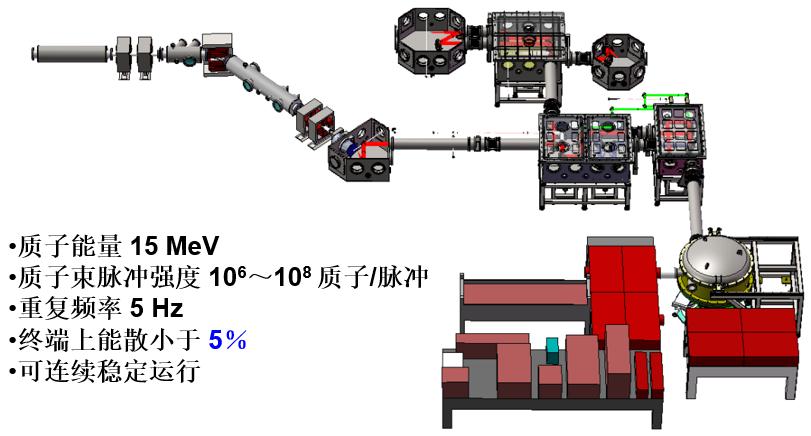
The CLAPA laser accelerator system has been built in Peking University
Research and application demonstration of PW laser proton accelerator
This project will develop a stable and reliable 100 MeV laser proton radiotherapy principle prototype based on the laser proton accelerator of the repetition frequency beat watt (1015w) laser, carry out application demonstration research around tumor treatment, and finally complete the laser proton radiotherapy product prototype meeting the treatment needs of the hospital after clinical testing and medical certification, and gradually realize industrialization. The R & D cycle of the project will be completed in three stages.
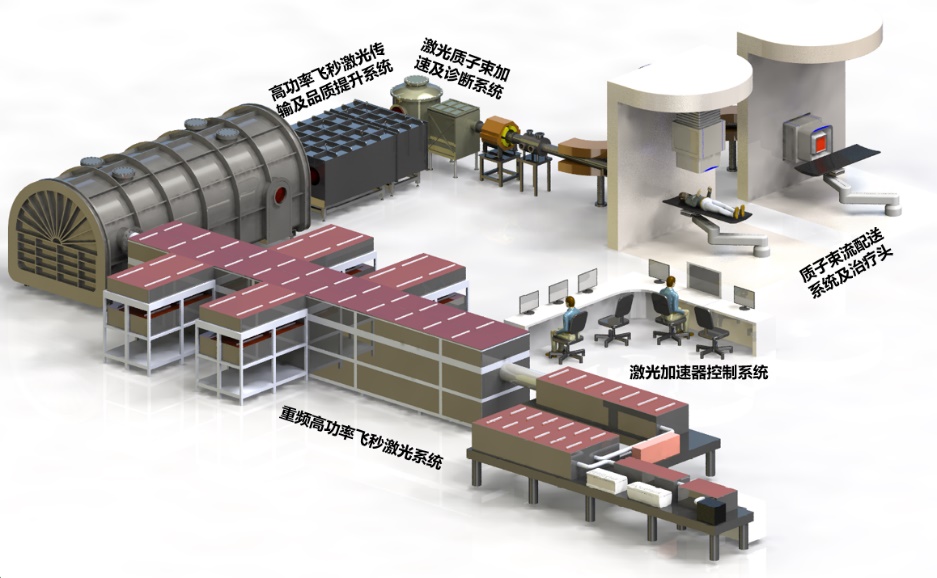
SCHEMATIC DIAGRAM OF LASER PROTON radiotherapy prototype
Steady phase acceleration mechanism
The study found that there is a Phase Stable Acceleration mechanism in the interaction between ultrashort and super intense laser and solid target: if the normalized light intensity of the laser is equal to the normalized thickness of the diaphragm, the laser can accelerate and longitudinally focus the ions like a conventional accelerator, so as to produce high-quality high-energy monochromatic ions. This will have an important impact on the practical application of laser ion accelerator. For example, a laser accelerator composed of a high-power laser and a solid target may accelerate to obtain a single energy proton above 200MeV, which can be directly used in cancer treatment. Using the above laser acceleration system to replace the existing conventional ion cancer treatment equipment has the advantages of small volume, low cost, convenient maintenance and low operation cost, which is very conducive to the popularization and promotion of ion cancer treatment technology.
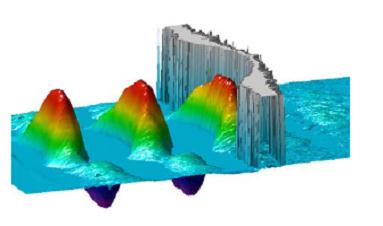
Schematic diagram of Steady phase acceleration mechanism
Laser plasma lens
Lin Chen, postdoctoral of the laser acceleration group of the State Key Laboratory of nuclear physics and technology of Peking University, and Leemans et al recently made important research progress in laser acceleration strong field physics and published a paper entitled " Laser Shaping of a Relativistic Intense, Short Gaussian Pulse by a Plasma Lens " (PRL 107, 265002 (2011)). The concept of "laser plasma lens" is proposed for the first time in the research to improve the contrast, focused light intensity and pulse shaping of laser, which will have an important impact on the development of high field laser physics. Theoretical and experimental studies show that the laser acceleration gradient can reach more than 100GV/m (3 ~ 6 orders of magnitude higher than the conventional RF accelerator). However, due to the limitations of theory and technology, the effective length of laser accelerated ions is very short, and the ion energy gain in the experiment is only about tens of MeV.
Through international cooperation, we have successfully confirmed the existence and advantages of stable phase acceleration mechanism in many experiments (PRL 103, 245003 (2009); PRL 107, 115002 (2011))。On the one hand, these experiments have confirmed that this method can greatly improve the energy, beam quality and beam intensity of ion beam. On the other hand, these research shows that this method needs a focused light intensity of more than 1021 W / cm2 to accelerate protons to 100MeV. The signal to interference ratio of thin film target to laser is also very high (> 1010 @ 10ps), which puts forward strict requirements for high-power laser. In recent research work, the research group proposed a new method of placing a "laser plasma lens" in front of the film target, which can realize strong transverse focusing of the laser pulse, greatly improve the laser light intensity, shorten the pulse rise time and improve the pulse contrast. This is expected to provide a new technical way to improve the contrast of laser or reduce the requirements of thin film target for laser contrast, and greatly improve the focusing intensity of laser.
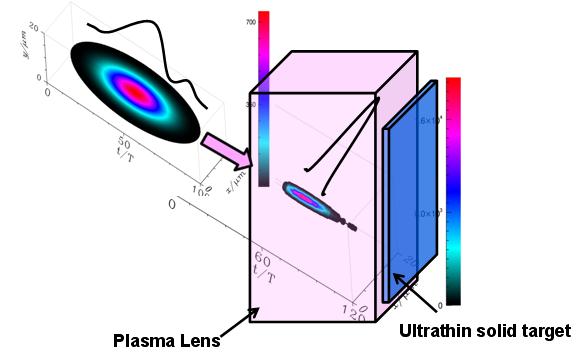
Schematic diagram of Laser plasma lens
Nano self-supporting diamond film deposition system
The research team has mastered the key deposition technology of preparing nano self-supporting solid films and preliminarily established a set of nano carbon film manufacturing system. It lays a solid foundation for the experimental research of laser ion accelerator.
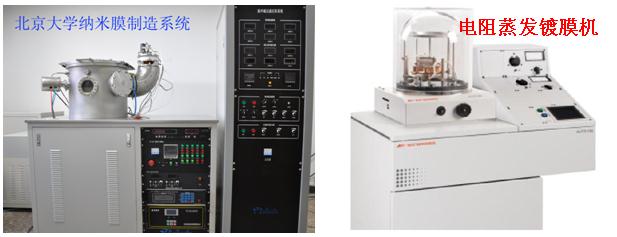
Nano self-supporting diamond film deposition system





